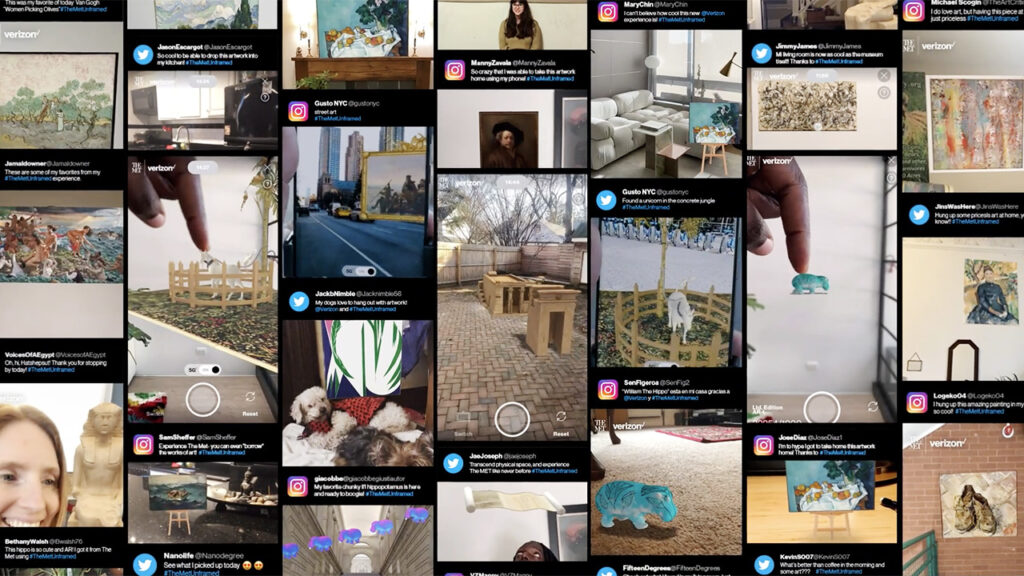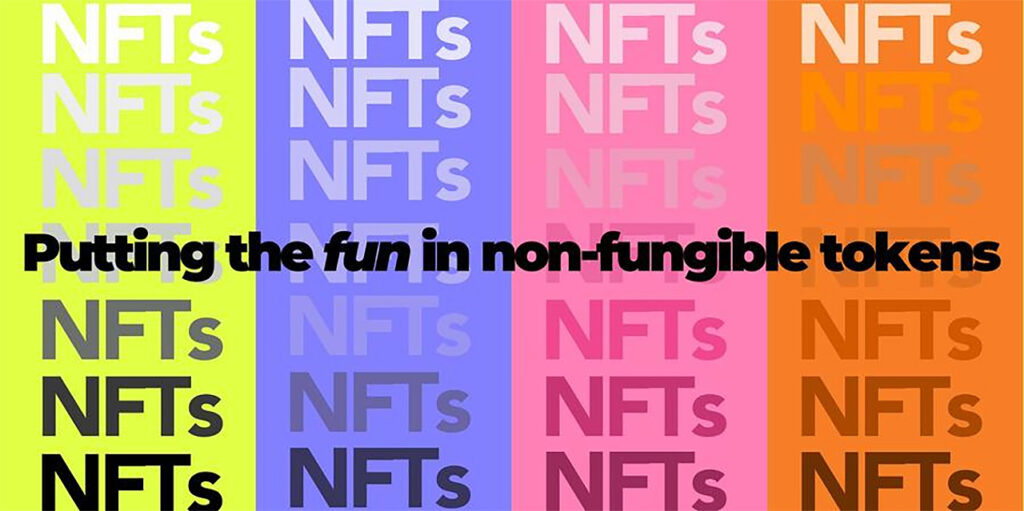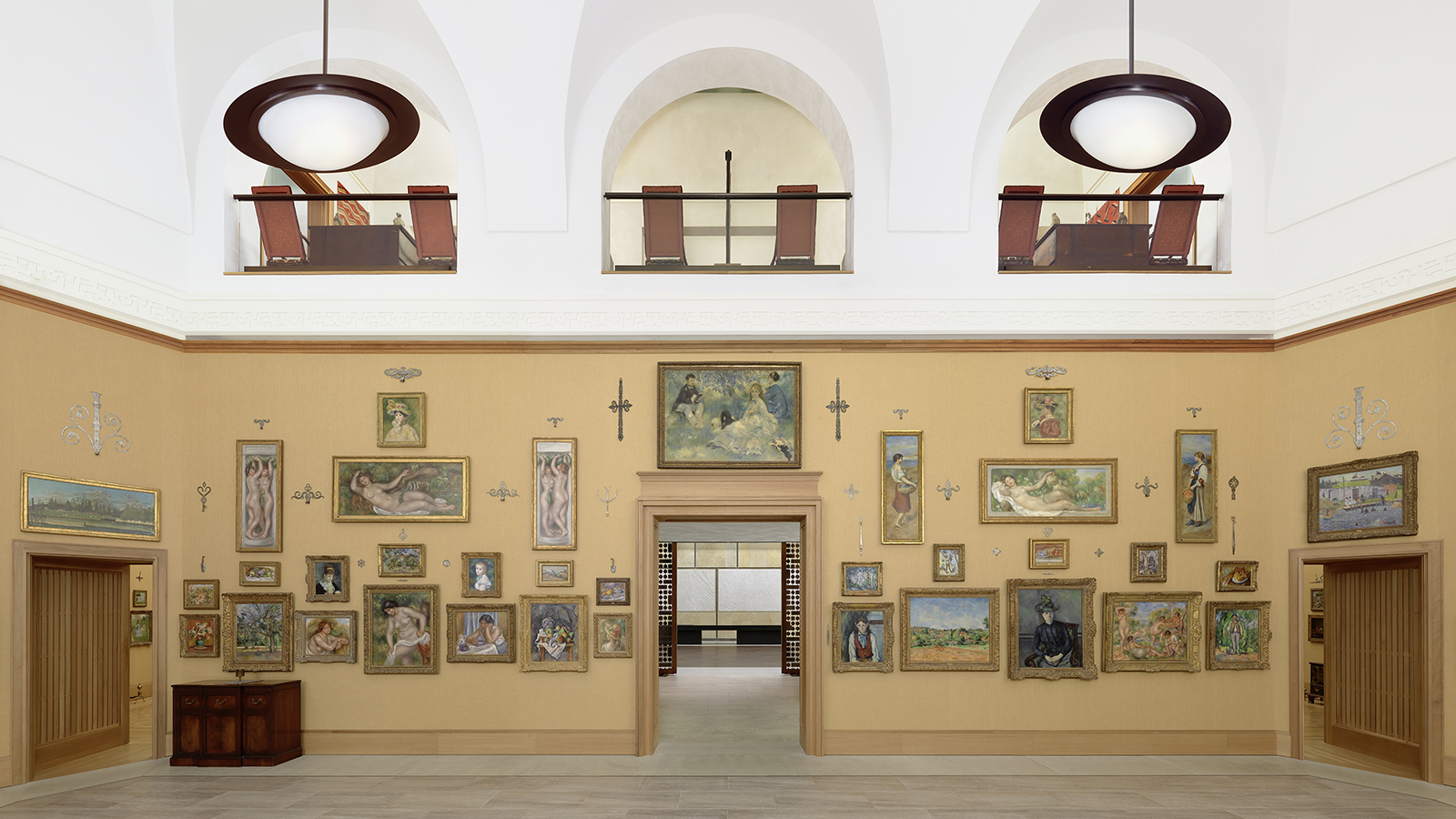On January 26, Cuseum hosted a webinar titled “Museums in the Year Ahead.” Featuring a panel of museum leaders, the event addressed digital strategies, how Omicron is affecting the sector, and new technology trends for 2022. Two years into the pandemic, museums have adjusted to a highly digitized playing field, but with new developments like NFTs and the metaverse on the horizon, 2022 looks set to be a year of continued reassessment and transformation. Here are three key takeaways from the session.
Omicron is a reminder not to fall behind on digital

Responses on social media to The Met Unframed, the museum’s 2021 AR app. Image: Verizon
Before Omicron arrived, museums were slowly resuming in-person programming. But with the new highly contagious strain spreading worldwide, it seems virtual programming isn’t going anywhere.
In the summer of 2021, the Met and Barnes Foundation had fully resumed operations, only to reduce capacities with the arrival of Omicron. Tricia Robson, the Met’s Senior Project Manager of Digital, Education, Publications, Imaging, Libraries & Live Arts, and Steven Brady, the Barnes Foundation’s Chief Technology Officer, both reported that onsite programming was paused, just as in-person visiting hours were cut back.
With that, Brady notes that Omicron can act as a reminder for museums to not scale back on digital programming in 2022. “We’ve served folks in over 47 states and 13 countries with our adult education and online programming,” he says. “Even if we were open seven days a week to the public, [digital] is an audience we wouldn’t necessarily capture through our traditional revenue streams.”
NFTs could potentially revitalize museum retail

MCA Denver’s four-part digital series on NFTs explored the blockchain’s impact on the art market. Image: MCA Denver
A handful of museums have been selling virtual versions of their collections as NFTs, but few museums are looking at NFTs as mass market merchandise. Instead of offering standard merch like T-shirts and tote bags, NFT collectibles could represent the new generation of museum goods. For example: proof-of-participation tokens. “It’s basically a little badge, button, or a sticker that you can put into your crypto wallet that says that you attended or you did something,” Brady says.
Considering Twitter and Meta’s entries in the space, it’s evident that NFTs are becoming mass-market as much as social currency. Visitors could potentially use their museum NFTs as profile pictures, avatars, or even virtual signatures, signifying their cultural participation, while giving institutions’ online presences a boost.
The metaverse is still a grey area for some institutions

Serpentine Galleries is the first institution to recreate an exhibition on Fortnite Creative. Image: KAWS: NEW FICTION on Fortnite
Another notable 2021 development that’s gaining attention in 2022 is the metaverse. But despite high-profile venues like London’s Serpentine Galleries moving into the virtual space, not all institutions are sold.
According to Courtney Law, Museum of Contemporary Art Denver’s Director of Communications, Partnerships, and Digital Initiatives, the metaverse seems antithetical to the organization’s intent of being human-centric. “If [the metaverse] doesn’t satisfy our goals around being a place of connection, community, constellation, and sparking curiosity, then I’m curious to see how others adapt to it and find their place in it,” she says.
Robson echoed similar sentiments during the session. “[The metaverse] is still taking shape; we don’t exactly know what it means yet, [but it is] certainly a space to watch,” she said, noting that while virtual worlds could provide an augmented route towards museums, onsite experiences will always be in demand.
Still, museums can’t argue that the metaverse doesn’t deliver numbers. “Even if 1 percent of Fortnite players over the course of that [Serpentine x KAWS] exhibition show up to the virtual gallery, it’ll probably be multiple of how many people could physically get into the Serpentine Galleries in London,” Brady says.



